Orange spot pleco - Panaque albomaculatus
Scientific name: Panaque albomaculatus
Common name: Orange spot pleco
Family: Loricariidae
Usual size in fish tanks: 11 - 13 cm (4.33 - 5.12 inch)
014
Recommended pH range: 6.3 - 7.1
Recommended water hardness: 5 - 20°N (89.29 - 357.14ppm)
0°C 32°F30°C 86°F
Recommended temperature range: 24 - 30 °C (75.2 - 86°F)
The way how these fish reproduce: Spawning
Where the species comes from: South America
Temperament to its own species: peaceful
Temperament toward other fish species: peaceful
Usual place in the tank: Bottom levels
Origin of the Fish
The Orange Spot Pleco (Panaque albomaculatus) is native to the slow-moving waterways of Ecuador in South America. These fish typically inhabit areas with a soft, sandy substrate and ample driftwood. Their natural environment consists of densely vegetated riverbanks with plenty of hiding spots, which are essential for their nocturnal lifestyle.
Lifespan
With proper care, the Orange Spot Pleco can live up to 12 years in captivity. A well-maintained tank, stable water conditions, and a balanced diet are key factors in ensuring their longevity.
Short Description
The Orange Spot Pleco is a peaceful, bottom-dwelling fish known for its beautiful pattern of orange or mustard-colored spots scattered across its dark body. They typically grow to a size of 11-13 cm (4.33-5.12 inches) in captivity, making them suitable for medium to large aquariums. Despite their peaceful nature, mature males can become territorial with one another. However, if the tank is equipped with plenty of caves and driftwood, where they tend to spend a lot of time, territoriality is generally not an issue. It’s still advisable to keep only a single male per tank unless the aquarium is very spacious.
General Care
Orange Spot Plecos are relatively easy to care for, provided they are given a suitable environment. A tank size of at least 100 liters (26 gallons) is recommended for a single specimen, with larger tanks being preferable if keeping multiple plecos or other bottom dwellers. These fish require a tank setup that includes hiding spots, such as rocks, driftwood, and caves. Including driftwood is essential, as they will gnaw on it to aid their digestion.
Maintaining water quality is crucial for their well-being. Keep the water temperature between 24-30°C (75.2-86°F) and maintain a pH range of 6.3-7.1. The water hardness should fall between 5-20°N (89.29 - 357.14 ppm). A high-quality filtration system and regular water changes of 20-30% weekly will help maintain a clean and stable environment. Due to their nocturnal nature, provide dim lighting and arrange tank decorations to create shaded areas where they can retreat during the day.
Compatible Tankmates
Orange Spot Plecos are peaceful toward both their own species and other fish. They can be housed with other similarly tempered fish species, such as tetras, rasboras, and corydoras. However, as they can become territorial towards other bottom dwellers when mature, it is advisable to keep only one male in smaller aquariums. If the tank is large and provides ample hiding spots, multiple plecos can coexist peacefully.
Bottom dwellers like Lace Catfish or Clown Plecos can also make good tankmates, provided the aquarium has enough space and hiding spots to accommodate each fish’s territorial needs. Always ensure the tank is spacious enough and offers plenty of shelters to reduce stress and territorial disputes.
Food and Feeding
Orange Spot Plecos are primarily herbivorous but will benefit from a varied diet. Provide them with sinking catfish pellets and algae wafers as their staple diet. Supplement this with live or frozen protein sources, such as bloodworms, brine shrimp, or white worms. Including bogwood in the tank is essential, as these plecos gnaw on it to aid their digestion and consume the microorganisms that develop on its surface over time. Additionally, offering blanched vegetables like zucchini, spinach, and cucumber can further enhance their diet and health.
Sexing
Sexing Orange Spot Plecos can be challenging. Mature males develop longer interopercular spines and hairy body denticles, which become more pronounced as they age. Males also tend to be slightly more territorial than females.
Breeding
As of now, there are no documented cases of Orange Spot Plecos breeding successfully in home aquariums. In their natural habitat, the male plays the primary role in parental care, guarding the eggs in a nest. After fertilization, the female is moved away from the nest by the male, who continues to protect the eggs until they hatch. Although successful breeding in captivity remains a challenge, replicating their natural environment with soft, slightly acidic water and providing adequate hiding places might increase the chances of spawning.
Conclusion
The Orange Spot Pleco is a peaceful and fascinating addition to a well-maintained aquarium. With their unique markings and relatively manageable size, they make a beautiful centerpiece for community tanks. By providing a spacious environment, hiding spots, and a varied diet, these plecos can thrive and display their natural behaviors in captivity. Although breeding them in home aquariums is yet to be documented, their care requirements are straightforward, making them suitable for intermediate-level aquarists.
Pictures
Bought by aqua-fish.net from jjphoto.dk.
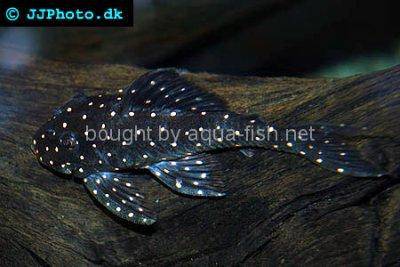







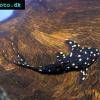 Adonis
Adonis  Lyre
Lyre 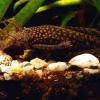 Bristlenose
Bristlenose 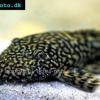 Gold
Gold  Bushymouth
Bushymouth  Spotted
Spotted  Medusa
Medusa 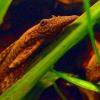 Bristlenose
Bristlenose 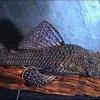 Starlight
Starlight 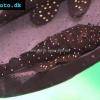 Spotted
Spotted  Catfish
Catfish  Bushynose
Bushynose 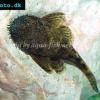 Bristlenose
Bristlenose  Green
Green 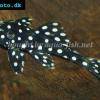 LDA-33
LDA-33 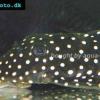 Snowflake
Snowflake 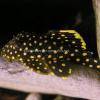 Gold
Gold 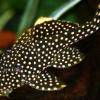 Gold
Gold  Bulldog
Bulldog  Dasyloricaria
Dasyloricaria  Butterfly
Butterfly 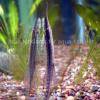 Whiptail
Whiptail 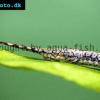 Amazon
Amazon  Twig
Twig 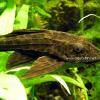 Spotted
Spotted 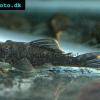 Spotted
Spotted 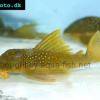 Lemon
Lemon 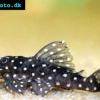 Pleco
Pleco 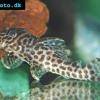 Peruvian
Peruvian 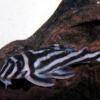 Zebra
Zebra 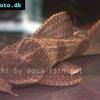 Pleco
Pleco  Hypostomus
Hypostomus 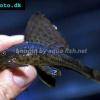 Pleco
Pleco 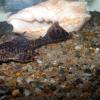 Suckermouth
Suckermouth  Spotted
Spotted  Woodeating
Woodeating  Golden
Golden  Sultan
Sultan 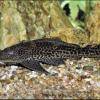 Multiradiatus
Multiradiatus  Marbled
Marbled 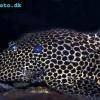 Pleco
Pleco 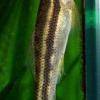 Dwarf
Dwarf 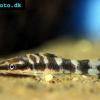 Dwarf
Dwarf 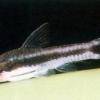 Dwarf
Dwarf 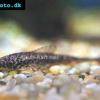 Oxyropsis
Oxyropsis 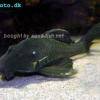 Blue
Blue  Clown
Clown 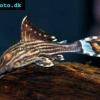 Royal
Royal 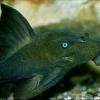 Blue
Blue 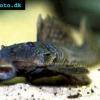 Rubber
Rubber  Goby
Goby 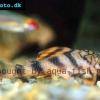 Wormline
Wormline  Para
Para  Tiger
Tiger 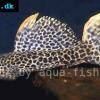 Leopard
Leopard 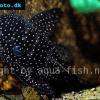 Spiny
Spiny 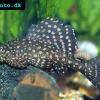 Marbled
Marbled 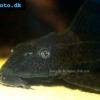 Amazon
Amazon  Common
Common 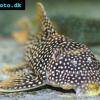 Sunshine
Sunshine  Golden
Golden